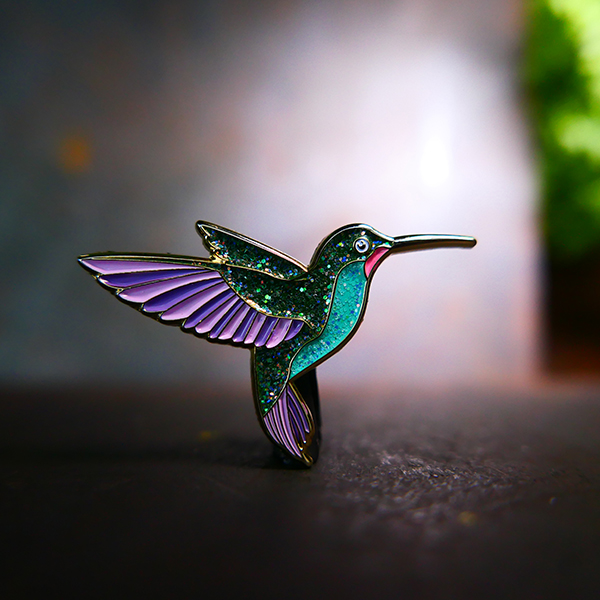When it comes to creating custom lapel pins, the type of pin you choose will significantly impact the overall look and feel of your pin. Yes, this wardrobe accessory comes in plenty of styles; it’s you to decide which one to choose that can complement your outlook.
Types of Different Lapel Pins
Soft Enamel – A common choice for lapel pins is soft enamel. For these pins, the lapel pin manufacturers use raised and processed metal during the manufacturing process to separate the enamel paint that makes up the design, resulting in a high-quality custom pin with a natural look and textured finish.
Hard Enamel – The hard enamel pins are similar in their use of enamel paint. Still, an additional process is used in which the enamel is possibly flush with the metal for a smooth jewelry-like finish.
Die Struck – If you’re looking for a more classic or traditional appearance, then die struck is another option. Instead of using enamel paint, this lapel pin uses raised and recessed metal areas to display your design. For die-struck nails, plating choice will have a significant impact on the overall look of your design.
Offset Printed – Offset Printed Lapel pins are another popular choice due to their versatility and lower cost. In addition, there are not thin metal lines separating the colors; this means your design can have intricate details and gradual color changes to display an exact match of your existing design materials.
Quick Pins – If you need pins on a tight deadline, then think about short bits! You can choose from a variety of shapes and sizes to display your design on a printed pin.
When to Wear a Lapel Pin?
Formal Events – lapel pins are ideal for wearing on tuxedos, black formal, and customarily worn on the left lapel. Thus, they’re best to wear informal events. Weddings are also a formal event where floral pins are highly suitable.
Business / Work Events – Lapel pins used to be worn in the work environment as a method for accomplishment for representatives or to flaunt affiliations. Although not, at this point, a typical embellishment in present-day associations, lapel pins are still acceptably worn on ordinary workwear, for example, suits and covers.
Choosing Right Material For Lapel Pin
Iron material – Iron is the most economical yet popular material to make lapel pins. It is die-struck material whose mold cost is less than die-casting material. Moreover, iron is a magnetic material that a magnet can directly attract.
Brass Material – brass is die-struck metal, but the cost is a bit expensive than iron. On the other hand, it is softer and easy to be polished. So, for luxury quality lapel pins, brass makes a perfect choice. Additionally, for the same design, hard enamel lapel pins and brass pins look more beautiful than an iron pin.
Zinc Alloy Material – the zinc alloy is die casting metal. With this main advantage, if your lapel pin design is complex, for instance, high 3D, big size cut-out design, zinc alloy is the best choice. However, for a similar design lapel pin, zinc alloy mold cost is slightly higher than die struck materials.
Unlike the materials mentioned above, stainless steel is smooth with a metallic luster, so there’s no need for plating. The lapel pin manufacturer uses this material for producing offset printing lapel pins.


Leave A Comment
You must be logged in to post a comment.